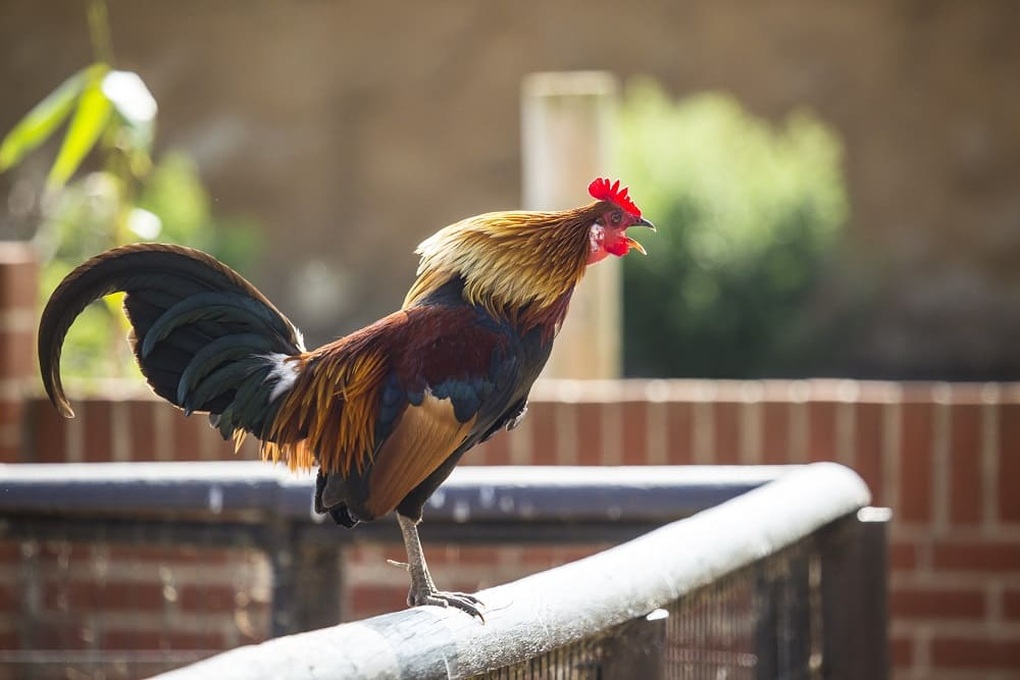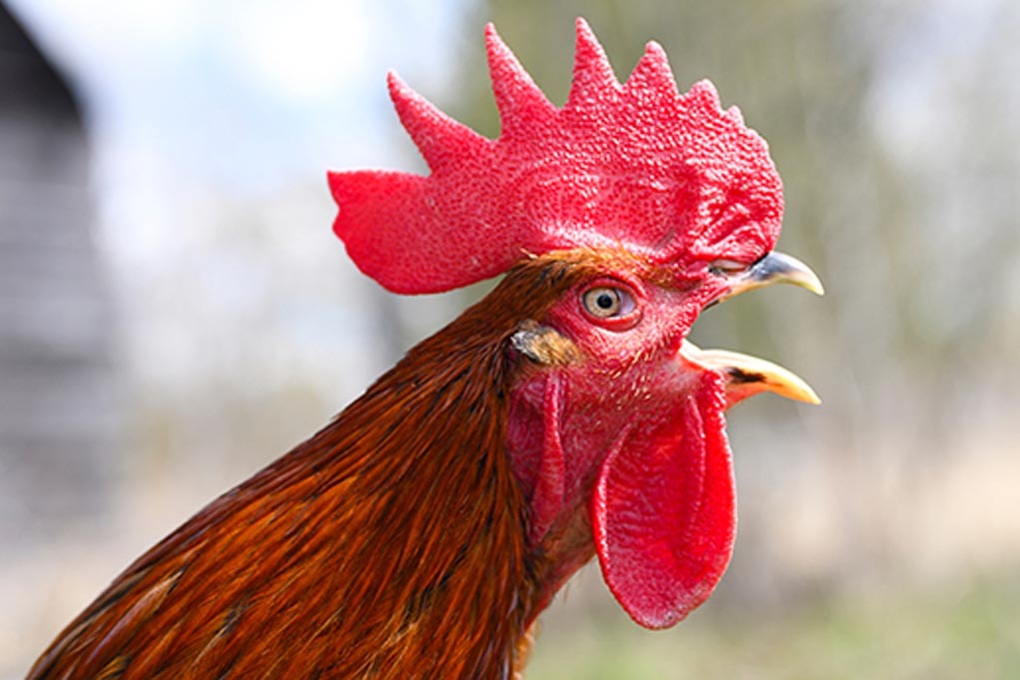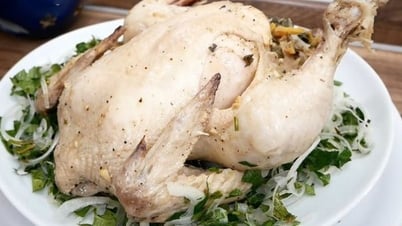Roosters crow on time thanks to their internal "biological clock"
The rooster's morning crow has long been considered a natural alarm clock.
However, scientists have proven that this behavior does not depend entirely on sunlight, but is mainly controlled by the internal biological rhythm (circadian rhythm).
A research team at Nagoya University (Japan) raised roosters in a closed room with no natural light.

The morning crowing of a rooster has long been considered a natural alarm clock (Photo: Getty).
The results showed that the roosters still crowed on time every morning, around 4-5am, despite living in complete darkness for many days.
Research published in the journal Current Biology has confirmed that the rooster's body has a "biological clock" that operates on a 24-hour cycle, helping to accurately predict the start of a new day.
Sunlight only acts as a “corrective” factor if this cycle is out of whack. Crowing is actually part of a chicken’s regular biological rhythm, similar to sleep or metabolism in humans.
Affirming territory and social status
Besides biological factors, crowing also has a strong social meaning. In the world of chickens, crowing is a form of communication, expressing power, hierarchy and territorial instinct.
A study conducted by Tohoku University (Japan) shows that in a flock of chickens, only the leading rooster is allowed to crow first in the morning.

A rooster's crow can reach 90–100dB, equivalent to a truck horn (Photo: Getty).
Lower ranking roosters will “give up” their crowing, or only crow after the leader has crowed.
The experiment also showed that if the leader was isolated, the second-ranking male would immediately take over and start crowing at the same time. This shows that crowing is not just an individual instinct, but also follows a clear social structure, reflecting the hierarchy in the flock.
In addition to crowing in the morning, roosters can also crow during the day when there are stimuli such as the appearance of other roosters, strange noises, changes in environment or a feeling of being threatened. At that time, crowing is a warning and asserting territorial sovereignty .
Why do roosters crow loudly without going deaf?
A rooster's crow can reach 90–100dB, about the same as a truck horn. Surprisingly, roosters don't suffer any ear damage from their own crowing.
According to research published in the journal PLOS ONE , when a sound begins to be emitted, a small muscle in the chicken's middle ear contracts, reducing the volume transmitted to the inner ear. As a result, the rooster's hearing is protected during the vocalization process.
The characteristic sound of crowing is produced by a special vocal organ called a syrinx located at the bifurcation of the trachea.
Unlike the vocal cords in humans, the syrinx of chickens has a structure that allows it to produce clear, resonant sounds through the oral cavity. Thanks to this structure, the crowing of chickens can be heard over a range of hundreds of meters.
In addition, many studies have shown that the tone and loudness of the crowing also reflect the health status, hormone levels and reproductive ability of roosters. Roosters with strong, clear crowing are often healthy individuals, and are preferred by hens during the breeding process.
Source: https://dantri.com.vn/khoa-hoc/vi-sao-ga-gay-to-nhu-coi-xe-tai-ma-khong-bi-diec-20250725084332119.htm



![[Photo] Prime Minister Pham Minh Chinh chaired a meeting of the Steering Committee on the arrangement of public service units under ministries, branches and localities.](https://vphoto.vietnam.vn/thumb/1200x675/vietnam/resource/IMAGE/2025/10/06/1759767137532_dsc-8743-jpg.webp)


![[Photo] Prime Minister Pham Minh Chinh chairs a meeting of the Government Standing Committee to remove obstacles for projects.](https://vphoto.vietnam.vn/thumb/1200x675/vietnam/resource/IMAGE/2025/10/06/1759768638313_dsc-9023-jpg.webp)



































































































Comment (0)